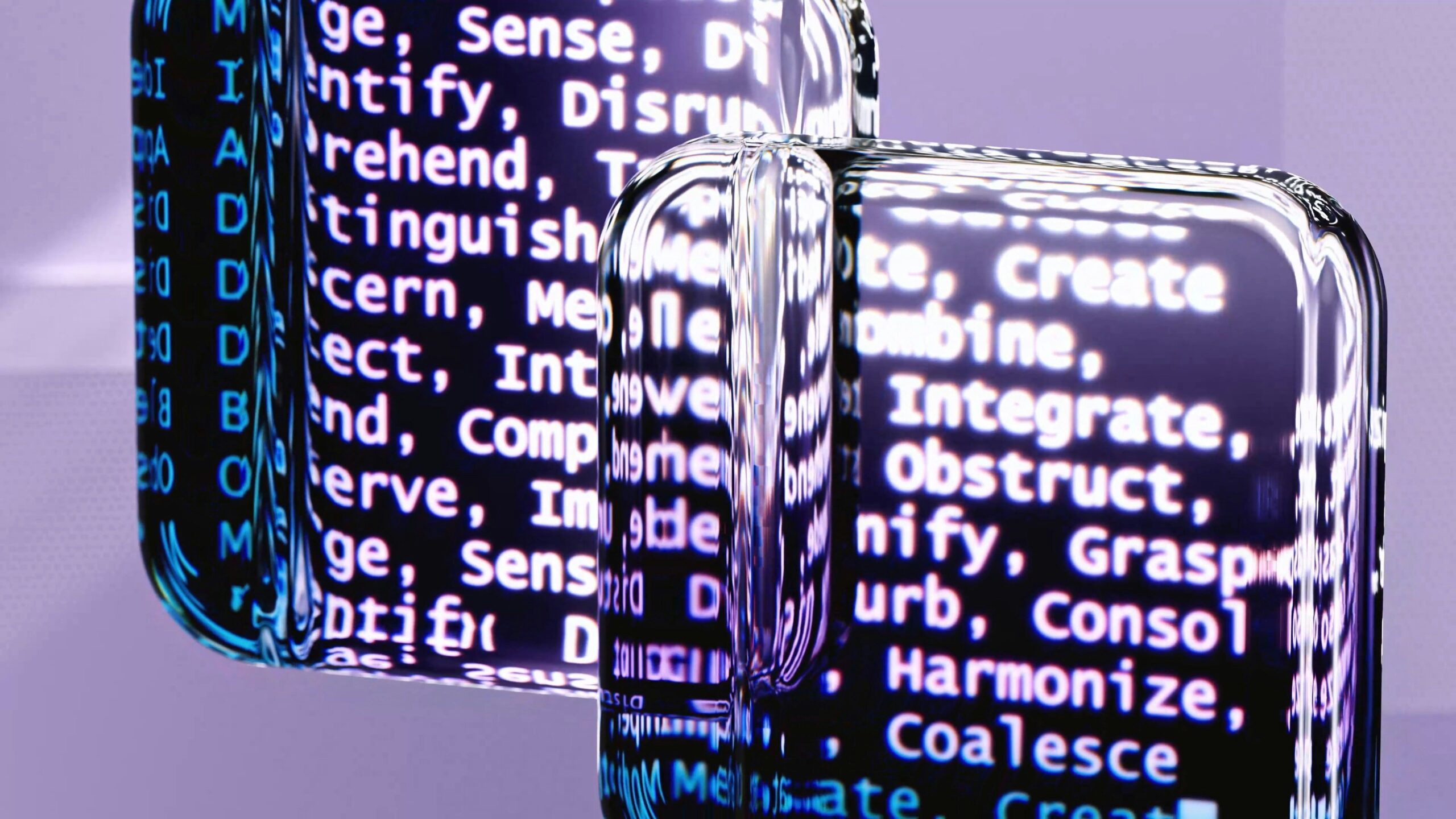A young couple walks through a wild landscape, their bodies bent into the wind. Sunlight streams through stems of grass and flowers, their fragile forms blown up to a larger-than-life scale, tangled and drooping. Norwegian artist Vibeke Slyngstad’s paintings capture transient moments and complex psychological states.

Entangled Life, the artist’s third solo exhibition at Kristin Hjellegjerde Gallery, comprises works from three different series, each of which takes a specific landscape as a starting point, using the typology of the land and the artist’s personal connection to it as a way of exploring the ephemerality and interconnectedness of our existence.
identity, belonging, responsibility and time.
The physicality and human aspect of the work is important to Slyngstad. The landscapes she paints are intimately connected to her personal history, reflecting on identity, belonging, responsibility and time. This is perhaps most obvious in the series, Brusand, titled after a coastline in western Norway.
These works depict figures glimpsed at a distance, often behind long grass, their hands dug into their pockets and their backs bent, like the landscape, against the weather. Even when viewed up close, the figures resist assimilation; their bodies are blurred to the point that they become abstracted forms, spectres of memories past. In this way, Slyngstad seems to hint at the vulnerability of not just youth but human life.

The second series features large-scale oil canvases, and is named after Shuafat, a predominantly Palestinian neighbourhood in East Jerusalem where Slyngstad encountered a large vacant area of urban land, overgrown with flowers and weeds. Struck by the persistence of nature against a backdrop of human conflict, she documented the area and has since continued to revisit the imagery, playing with crop and scale to further explore its liminality. In these paintings the wilderness appears overblown and chaotic.
the impenetrable appearance of photorealism
This is further exaggerated by the perspective: we encounter the scene at ground level, from the eye-level of a child, a small animal or insect wading through the undergrowth. The plants tower into the sky while the thick tangle of stems appears like an impenetrable barrier. At the same time, there is a softness to the landscape – the giant petals of daisies are dropping while the late afternoon sun hangs in a luminous haze.
Each image is precisely rendered using a single layer of paint so that the finished surface has a delicate, almost translucent quality. From a distance, this process lends the surfaces the impenetrable appearance of photorealism, but on closer inspection the subtle imperfections become visible, revealing the unshielded nature of the work.
a heightened sense of fragility
The exhibition also includes recent iterations of the Shuafat landscape in watercolours. While the play between the sharpened and blurred edges in Slyngstad’s oil paintings mimic the flash and zoom of a camera, her watercolours are looser and rougher in style, creating a heightened sense of fragility, which lays bare their making.
The painting from the final series, Kjeholmen, also expresses a sense of transition. Here, it is the flowers, rather than figures, that are caught in the wind, their gossamer petals blown skyward in undulating forms, while their stems are purpling, signalling the end of the summer and their life cycle. However, the melancholy beauty of these scenes invites neither nostalgia nor longing but rather a state of deep reflectiveness.
As we move through different times, places and perspectives, Entangled Life asks us to contemplate our place within the subtle, shifting rhythms of the world.


















